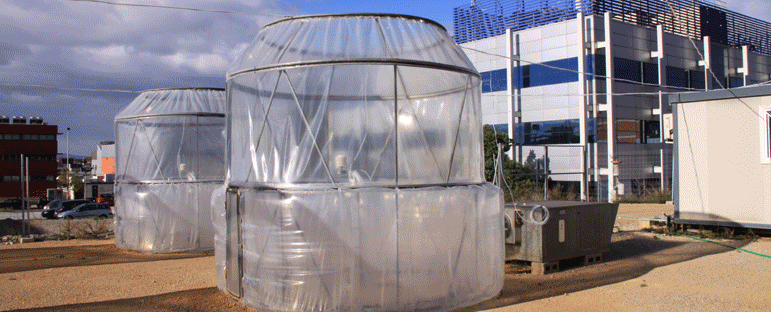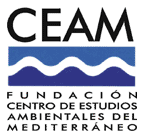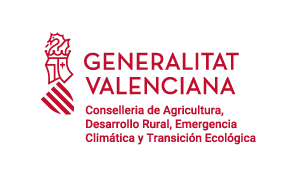|
THE
AIR POLLUTANT
EFFECTS AREA

The
main mission of the air pollutant effects area is to study
the level of gas pollutants and atmospheric deposition in natural
ecosystems and agricultural and fishing systems, and to assess the
impacts and risks for vegetation. Atmospheric pollutants measures
will be taken with both the continuous emission analyzers and
passive samplers developed by the CEAM Foundation. These studies
help identify time and spatial patterns, risk areas and to evaluate
any surpluses in the critical levels and loads set to protect
vegetation, especially for forests in Europe.
These studies are conducted mainly within the European initiatives
framework, such as the United Nations/ECE International Co-operative
Programmes on Assessment and Monitoring of Air Pollution Effects on
Forests (ICP Forests) and on Vegetation (ICP-Vegetation). The CEAM
Foundation also has an experimental field with OTCs (Open Top
Chambers) in which plants are submitted to high ozone concentrations
and their effects are studied, along with the interaction of other
factors, such as N input and water availability. Various types of
bioindicators are also employed for vascular plants and lichens.
Measuring
ammonia emissions (and those of other gases like methane) is
particularly important for agricultural and fishing systems after
fertilizers have been applied to fields by various methods, or for
different livestock confinement systems. The results of these
studies contribute to propose good practices to minimise the impacts
that these activities may have on the environment via the
atmosphere.
| ![]()






